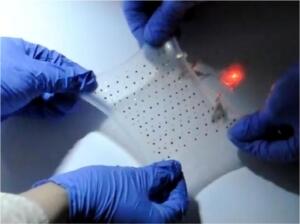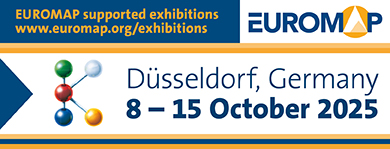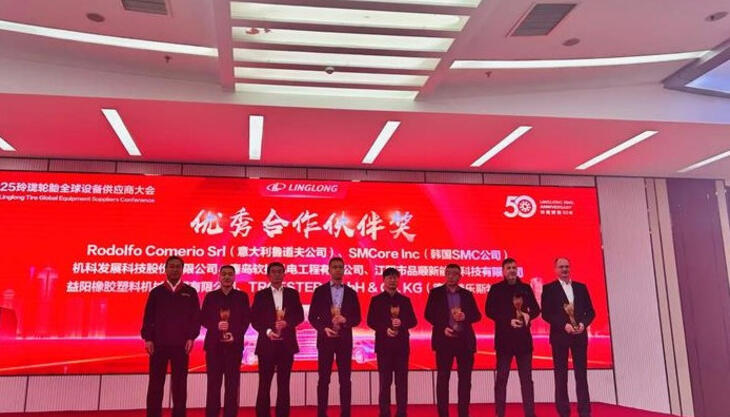Stretchable batteries

An important trend in electronics involves the development of materials, mechanical designs and manufacturing strategies that enable the use of unconventional substrates, such as polymer films, metal foils, paper sheets or rubber slabs. The last possibility is particularly challenging because the systems must accommodate not only bending but also stretching. Although several approaches are available for the electronics, a persistent difficulty is in power supplies that have similar mechanical properties, to allow their co-integration with the electronics. A group of researchers of the Northwestern University and of the University of Illinois has developed a set of materials and design concepts for a rechargeable lithium ion battery technology that exploits thin, low modulus silicone elastomers as substrates, with a segmented design in the active materials, and unusual 'self-similar' interconnect structures between them. The result enables reversible levels of stretchability up to 300%, while maintaining capacity densities of ~1.1 mAh/cm2. Stretchable wireless power transmission systems provide the means to charge these types of batteries, without direct physical contact. These batteries last up to 8-9 hours (20 recharging cycles max.) before being recharged and keep their efficiency also after being stretched and bound.


















